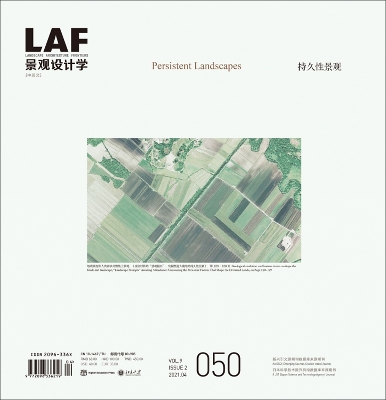Landscape is a time-space compound shaped by human activities on natural processes; the persistence of a landscape supports its continuity and stability over time, as well as the stable variety of physical environment. For remaining landscapes, the persistence means the stability of natural ecosystems and the harmony of cultural-social contexts. The former emphasises the ability to maintain the dynamism and stability of the landscape system against external disturbances; the latter one, by regarding the landscape as a man-land composite ecosystem, refers to the ability to maintain localities and cultural legacy in response to changes of natural and social environments. For emerging landscapes, persistence manifests the ability to interact and integrate with and adapt to the remaining landscapes.
The rapid urbanisation and population growth have caused tremendous changes in urban and rural landscapes worldwide, increasingly undermining the persistence of landscapes: traditional rural landscapes and urban historic neighbourhoods have been replaced with massive industrial scenes; the lack of innovative design ideas, the stagnation of theoretical study, and the limitation of aesthetic awareness have resulted in the neglect of critical ecological, social, and aesthetic values of such heritages, the damage of ecological security patterns, and the disappear of people's collective memories about vernacular landscapes. Efforts addressing the pressing issues, e.g. the destruction of natural environment, the loss of landscape values, and the culture shock, are expected.
Text in English and Chinese.
- ISBN13 9781954081680
- Publish Date 24 December 2021
- Publish Status Active
- Publish Country US
- Imprint Oro Editions
- Format Paperback
- Pages 144
- Language Chinese
